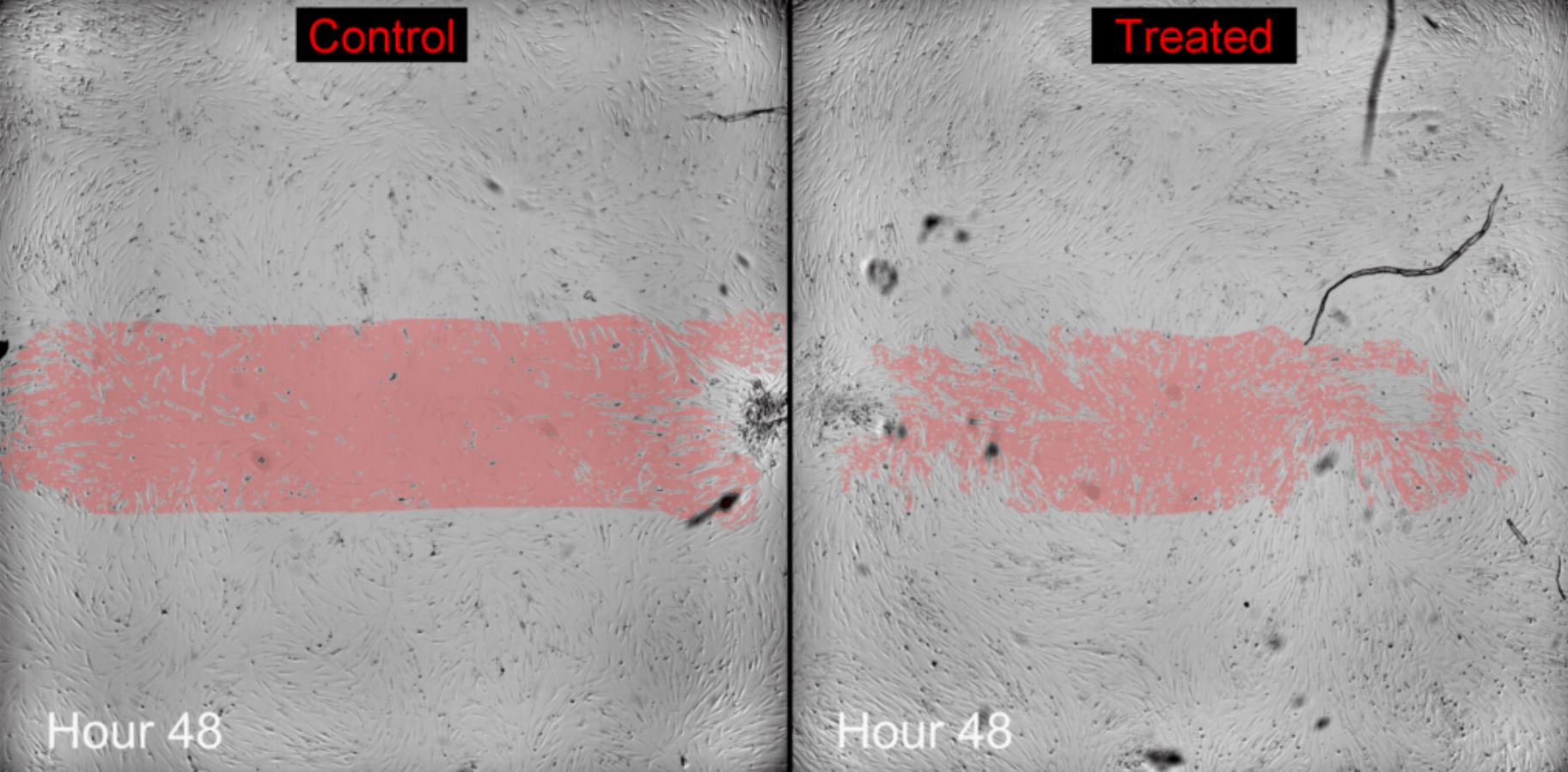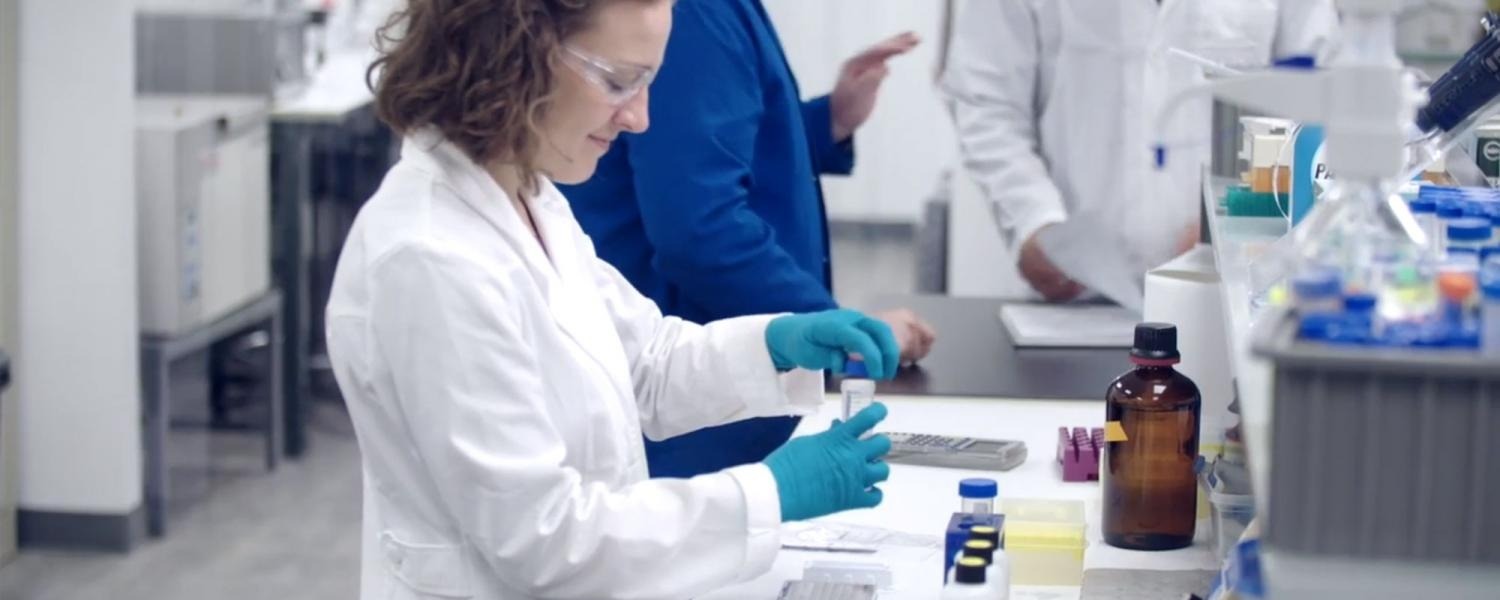Cellular migration plays an integral role in the development and maintenance of many biological processes present in multicellular organisms. These cellular mechanisms include wound healing, cancer invasion, cancer metastasis, angiogenesis, embryonic development, and immune defense to name a few. Cellular migration is often in response to endogenous or external stimuli that may be chemical, mechanical, or a combination of the two. When the cellular response to these stimuli results in errors it may lead to the development of a myriad of undesired consequences such as scaring, angiogenesis, tumor formation, or metastasis. In order to study the mechanism and result of cellular migration in the presence of stimuli in vivo models can prove to be costly, time consuming, and difficult to control. Therefore, an in vitro cellular migration assay can be a great tool to gain insight into the effects of a test compound or treatment.
The cellular migration assay is a simple and cheap in vitro based method to quantify the effect of stimuli on cellular movement. Also known as a scratch wound assay or wound healing assay; the cellular migration assay involves observing cellular migration into a “wound” or open space in a cell monolayer over time. The basic steps involved in a cellular migration assay are:
- Create a confluent cell monolayer.
- Scratch the monolayer to create a wound area.
- Image the wound area immediately following scratching and at regular time intervals post scratch.
- Compare images of the wound area to determine the rate of wound closure.
The rate of wound closure is generally quantified as wound area over time; other modes of analysis include the average width of the scratch over time or density of the scratch wound area over time. At Visikol, we use custom in house image processing software to analyze the rate of wound closure. This automation allows for a high throughput, uniform analysis pipeline that delivers results in a timely and accurate manner.
Cellular migration assays may be performed in a variety of formats ranging from 24-well to 384-well. 24 and 96-well plate formats are the most commonly used as they allow for replicates within an experimental group and the wells are large enough to be scratched with ease (unlike 384 well plates). Both 24 and 96-well plate formats may be manually scratched with 200µL pipette tips; however, when available automated scratch wound makers are great for creating uniform, reproducible scratches. Automated scratch wound makers are commercially available to fit any well format and create scratches of equal width, shape, and position (well center). At Visikol, we most commonly recommend using a 96-well format for cellular migration assays and employ our Essen Bioscience WoundMaker-96 to create consistent and reproducible results.
Cellular migration assays are relatively inexpensive, simple and may be easily customized to answer unique biological questions. If you are considering exploring how your lab can benefit from a cellular migration assay contact one of Visikol’s assay specialists. We are always looking for ways to help guide our clients in designing the assay that is right for them.


